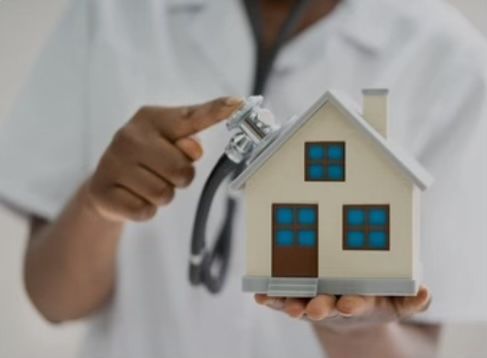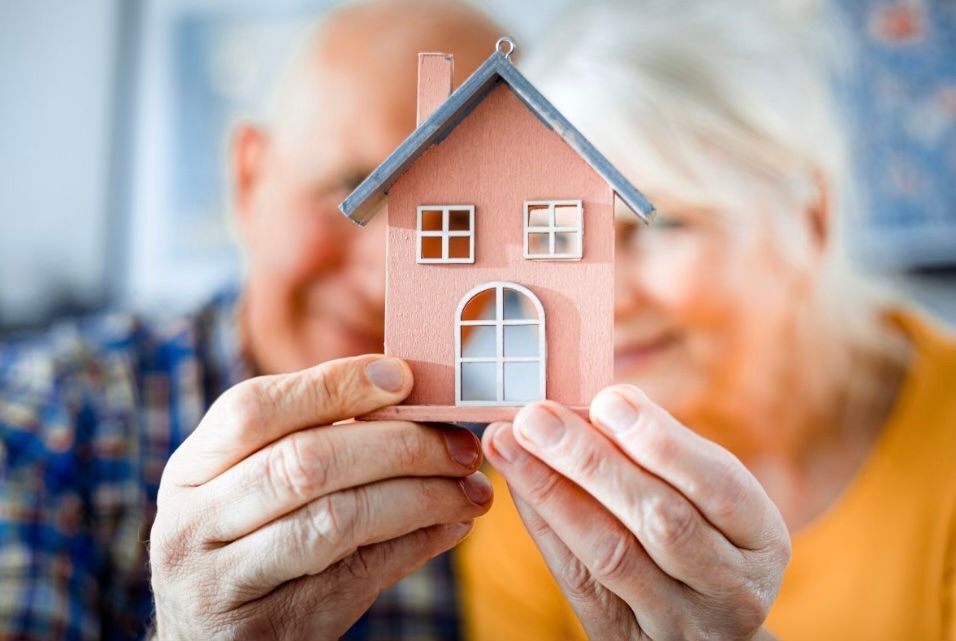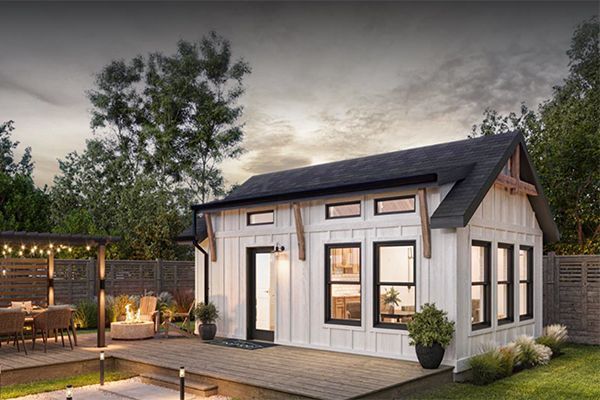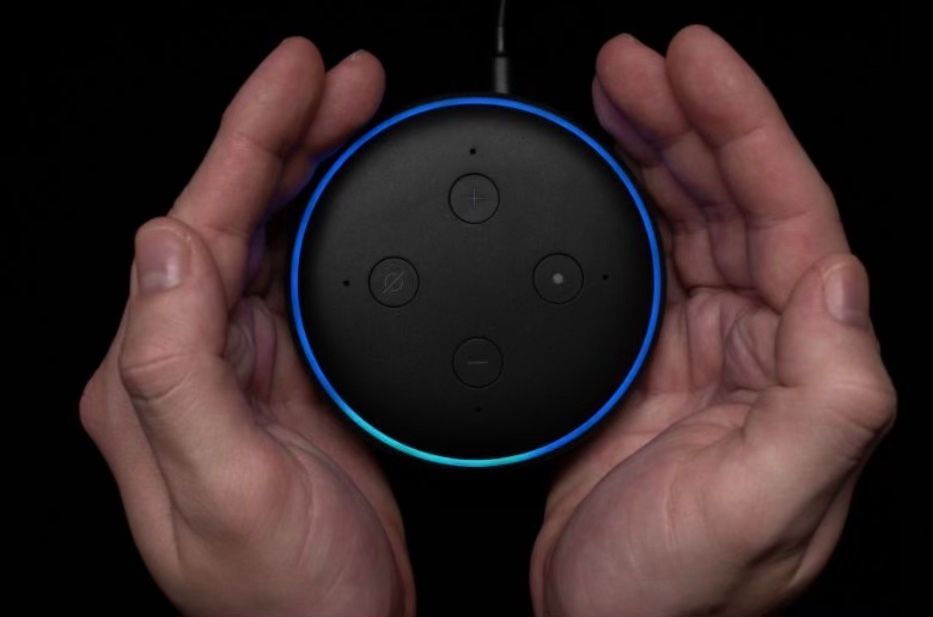Home health care has emerged as a crucial component of the healthcare system, offering essential medical services and support to patients within the comfort of their homes. As technology advances, the landscape of home health care is evolving, presenting new opportunities to improve care delivery and patient experiences. This article explores the current status of home health care and the transformative potential of emerging technologies, including ambient assisted living (AAL), in shaping its future.

Home health care has emerged as a crucial component of the healthcare system, offering essential medical services and support to patients within the comfort of their homes. This approach has gained popularity due to its ability to improve patient outcomes, enhance quality of life, and reduce healthcare costs. As technology advances, the landscape of home health care is evolving, presenting new opportunities to improve care delivery and patient experiences. This article explores the current status of home health care and the transformative potential of emerging technologies, including ambient assisted living (AAL), in shaping its future.
Current Status of Home Health Care
Increasing Demand and Growth
The demand for home health care has surged in recent years, driven by an aging population, a rise in chronic illnesses, and a shift towards patient-centered care. According to the U.S. Bureau of Labor Statistics, employment in home health and personal care aides is projected to grow 34% from 2019 to 2029, much faster than the average for all occupations. This growth reflects the increasing preference for home-based care over traditional institutional settings.
Benefits of Home Health Care
Home health care offers numerous benefits that make it an attractive option for patients and their families:
- Personalized Care: Tailored to meet individual needs, home health care provides personalized treatment plans and one-on-one attention.
- Improved Patient Outcomes: Studies have shown that patients receiving home health care experience better health outcomes, including faster recovery times and lower hospital readmission rates.
- Cost-Effective: Home health care is often more cost-effective than hospital or long-term care facility stays, reducing overall healthcare expenses.
- Comfort and Convenience: Patients can receive care in familiar surroundings, promoting comfort and reducing the stress associated with hospital environments.
The Future of Home Health Care with Technology
As technology continues to evolve, it is poised to revolutionize home health care, making it more efficient, accessible, and effective. Here are some key technological advancements shaping the future of home health care:
Telehealth and Telemedicine
Telehealth and telemedicine have become integral components of home health care, especially in the wake of the COVID-19 pandemic. These technologies enable remote consultations, diagnosis, and monitoring, allowing patients to access medical care from the comfort of their homes. Benefits include:
- Increased Access: Patients in rural or underserved areas can connect with healthcare providers without the need for travel.
- Convenience: Virtual visits reduce the need for in-person appointments, saving time and resources.
- Continuous Monitoring: Remote monitoring devices can track vital signs and health metrics, providing real-time data to healthcare providers.
Remote Patient Monitoring (RPM)
Remote patient monitoring involves the use of connected devices to collect and transmit patient data to healthcare providers. This technology enables continuous monitoring of chronic conditions and early detection of potential health issues. Key benefits include:
- Proactive Care: RPM allows for timely interventions and adjustments to treatment plans, preventing complications.
- Improved Patient Engagement: Patients can actively participate in their own care by tracking their health metrics.
- Data-Driven Insights: Providers can leverage data analytics to gain insights into patient health trends and outcomes.
Artificial Intelligence (AI) and Machine Learning
AI and machine learning are transforming home health care by enabling predictive analytics, personalized treatment plans, and automation of routine tasks. Applications include:
- Predictive Analytics: AI algorithms can analyze patient data to predict health risks and recommend preventive measures.
- Personalized Care Plans: Machine learning can tailor treatment plans based on individual patient data and preferences.
- Automation: AI-powered tools can automate administrative tasks, such as scheduling and billing, allowing healthcare providers to focus more on patient care.
Wearable Health Devices
Wearable health devices, such as smartwatches and fitness trackers, are becoming increasingly sophisticated and capable of monitoring a wide range of health metrics. These devices offer:
- Continuous Health Monitoring: Wearables can track activity levels, heart rate, sleep patterns, and other vital signs.
- Real-Time Alerts: Devices can send alerts to patients and caregivers in case of abnormal readings or emergencies.
- Enhanced Patient Engagement: Wearables encourage patients to take an active role in managing their health.
Incorporating Ambient Assisted Living Technologies
Ambient Assisted Living (AAL) technologies represent a significant advancement in the realm of home health care, aiming to create supportive environments that adapt to the needs of aging individuals and those with chronic conditions. AAL encompasses a variety of technologies designed to assist with daily living activities, enhance safety, and improve the overall quality of life.
Smart Home Integration
Smart home technologies can significantly enhance the living environment for seniors and individuals with disabilities. Features include:
- Automated Lighting and Climate Control: Systems that adjust lighting and temperature based on the time of day and the occupant’s preferences.
- Voice-Activated Assistants: Devices like Amazon Echo or Google Home can assist with reminders, emergency calls, and controlling other smart devices.
- Security Systems: Smart locks, cameras, and motion sensors enhance safety by monitoring the home and alerting caregivers to unusual activity.
Health Monitoring and Emergency Response
AAL technologies often include advanced health monitoring and emergency response systems:
- Smart Sensors: Placed throughout the home, these sensors can detect falls, monitor activity levels, and track health metrics.
- Emergency Alert Systems: Devices that allow users to quickly call for help in case of an emergency, often integrated with monitoring services that notify caregivers or emergency responders.
Daily Living Assistance
Technologies designed to assist with daily activities can greatly enhance independence:
- Medication Management: Automated dispensers and reminder systems ensure that patients take their medications correctly and on time.
- Mobility Aids: Advanced mobility devices, such as robotic exoskeletons and smart walkers, help individuals move around more easily and safely.
Conclusion
The current status of home health care reflects a growing demand for personalized, cost-effective, and convenient medical services delivered in the home setting. As technology continues to advance, the future of home health care looks promising, with innovations in telehealth, remote patient monitoring, AI, wearables, and ambient assisted living poised to transform care delivery. These technological advancements will enable more proactive, efficient, and patient-centered care, ultimately improving health outcomes and quality of life for patients. Embracing these technologies will be key to meeting the evolving needs of an aging population and ensuring the sustainability of the healthcare system.
Marlin is a co-founder of Resilient Life Technologies, LLC, an Oklahoma company that provides Aging In Place inspections, Ambient Assisted Living solutions, Personal Emergency Response Systems (PERS) devices and ADU construction services for seniors and people with disabilities that desire to remain living independently in their homes.







Share On: